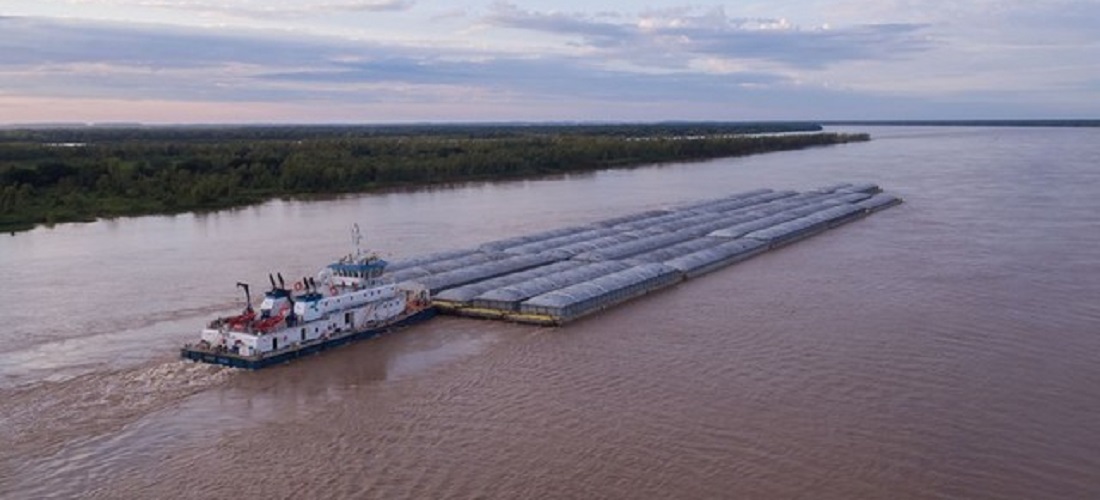
Losses at Hidrovias do Brasil up sevenfold in Q3
Nov, 17, 2021 Posted by Ruth HollardWeek 202144
Hidrovias do Brasil recorded a consolidated loss of R$ 66.8 million in the third quarter of this year, an amount seven times higher than the loss of R$ 8.5 million observed in the same period of 2020.
Net revenue dropped 42.6% year-on-year, to R$266.8 million, reflecting the 43.6% reduction in net operating revenue in the northern corridor, which totaled R$162.9 million between July and September.
Revenues in the southern corridor totaled R$51 million, 48.3% below that calculated in the same quarter last year. Coastal shipping (cabotage) totaled R$ 52.9 million in net revenue, down 11.9%. In the period, the total volume transported in the southern corridor was 1 million tons, up 36.4% year-on-year, while in the northern corridor it was 1.1 million tons, 39.9% below the volume registered in July to September 2020. Coastal shipping, in turn, transported 819,000 tons, a decline of 21.2% on the same basis of comparison.
According to the company, the volume of grain transported in the northern corridor was less than the previous year, reflecting the one-off and non-recurring corn crop failure. It was also the strongest basis for comparison with 2020 amidst the record crop.
The southern corridor was directly impacted in September by the restricted operation in the region of Corumbá, where iron ore is transported. Navigation was limited, aggravated by the lack of rain during the dry period.
Source: Valor Econômico
To read the full original article, access the link: https://valor.globo.com/empresas/noticia/2021/11/16/prejuizo-da-hidrovias-do-brasil-cresce-sete-vezes-no-3o- quarter.ghtml
-
Meat
Jan, 06, 2023
0
Argentina concludes 1st live cattle shipment to Chile
-
Ports and Terminals
Jun, 29, 2022
0
Minas Gerais ponders creating new rail connection to the Port of Açu
-
Ports and Terminals
Nov, 21, 2023
0
Santos Port Authority plans BRL 7 billion investment for 2024
-
Ports and Terminals
Jun, 22, 2022
0
Auction of Suape shipyard areas postponed to July



